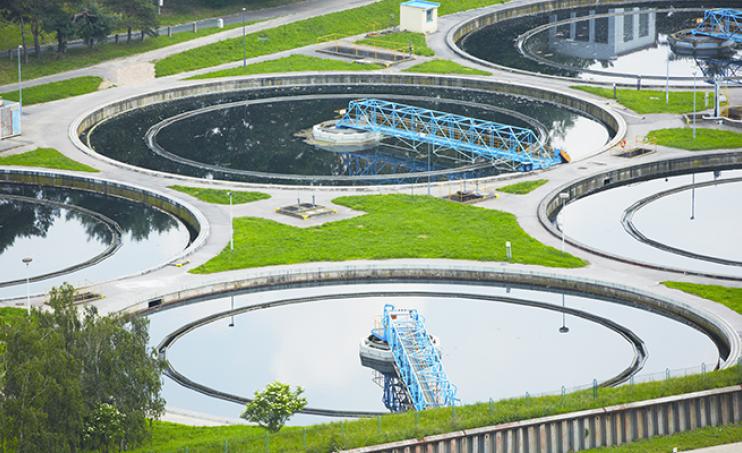
Three ways to improve industrial water ROI
Improving return on investment (ROI) by focusing on reuse of process water is a simple and sustainable way for industries to increase their profit margins without affecting their main business.
Industrial water management, focusing on reuse, is an excellent option for any industry that uses significant amounts of water in its processes. However, "reuse" can mean different things in different parts of the world due to the location, environment, and regulations put in place by the local government and/or municipality.
1. Treating water for internal reuse
In developed countries experiencing water shortages, the cost of producing potable water is steadily increasing. Industrial customers will purchase highly treated water from the water company or municipality for use in their processes, and then pay again to discharge it for further treatment by the same body.
If discharges can be treated and the water can be returned to the process and re-used, the return on investment for the treatment system is often gratifyingly quick; that’s because of the saving on both purchasing raw water and having wastewater treated in a municipal plant. Treating water for internal reuse creates a ‘virtuous cycle’, or even ‘zero liquid discharge’. This ultimately makes the entire production process cheaper and easier to integrate into challenging water-short environments.

2. Reducing liquid discharge
Some end users are still paying for clean water, but the water quality requirements for their discharges are extremely stringent. This can be for a number of reasons, such as environment into which they are discharging being sensitive or fragile. A Coca-Cola bottling plant in Brazil, for example, is recycling close to 70% of its waste. Processes are being improved to meet the company’s goal of converting every 1.4 litres (0.37 gal) of water used in production into one litre (0.26 gal) of product.
Where discharge requirements are a major issue, treatment for internal re-use is an attractive option. Reducing liquid discharges helps to drive down water-related environmental impacts and the associated fines that come with non-compliance. Negative publicity frequently surrounds pollution incidents in vulnerable areas, particularly where the environment is rare and highly prized. Reuse is one of the few options that provides exactly what is required for external regulators and the environment, as well as enabling cost savings for the industry involved.
3. Ensuring discharge flow remains within limits
Some industries are permitted to discharge a certain amount of flow. Users discharging under a fixed amount will pay a set rate for the flow. If they exceed this flow, the costs can multiply by three times or even as much as six times. It’s clear that the growth rate is designed to be punitive, rather than linear. Discharge flow rate is therefore critical in these circumstances.
Reuse here is a way of ensuring that flows remain safely within the limits set by the local municipality or regulator, and effective treatment is critical to this option. By using certain advanced treatment technologies, it is possible to ensure that sufficient grit and solids are removed from the wastewater stream to enable its safe reuse on site.

Conclusion
Ultimately, whichever choice fits the situation, the essential part of the equation for any industry is the need to ensure an acceptably prompt ROI for any investment in modern, effective wastewater treatment. With treatment ensuring that water-related costs are kept to a minimum, this can be as short as three weeks, or at least within a period of months – often much faster than businesses anticipate.
Takeaways
- Industrial wastewater reuse means different things depending on the region of the world involved, the regulatory system, the environmental risks, and financial penalties that may be attached should problems arise.
- There are three main scenarios where reuse is an attractive option: where water shortages mean the cost of water is an increasing concern, where a sensitive environment means discharge requirements are stringent, and where industrial surcharges attract huge costs.
- Installing effective modern treatment systems can resolve all of these potentially serious and revenue-impacting issues, providing a fast ROI as well as business sustainability.
